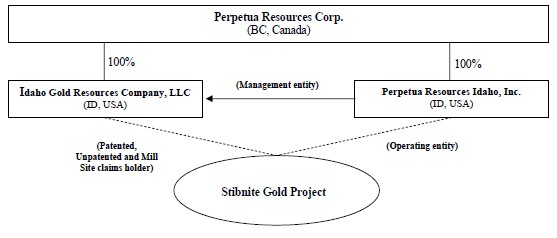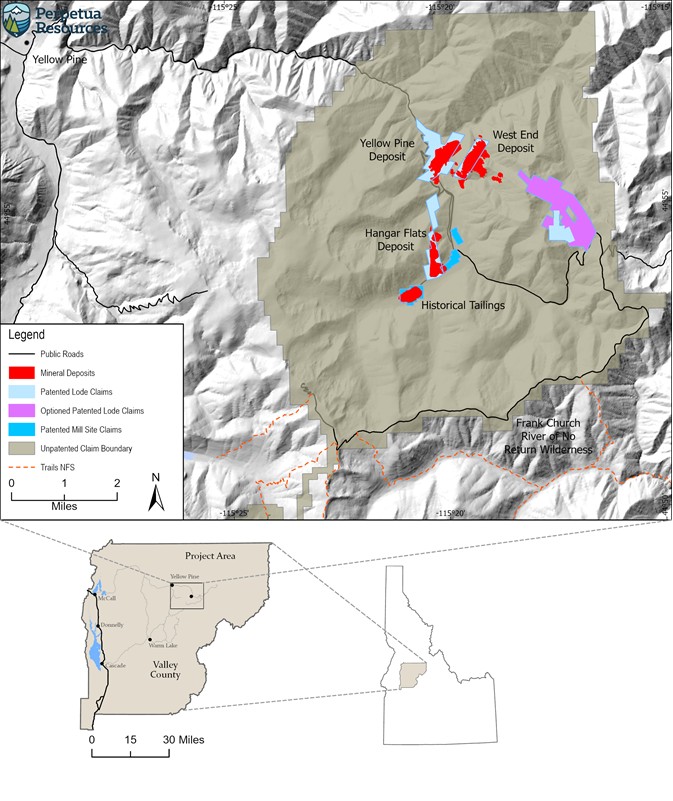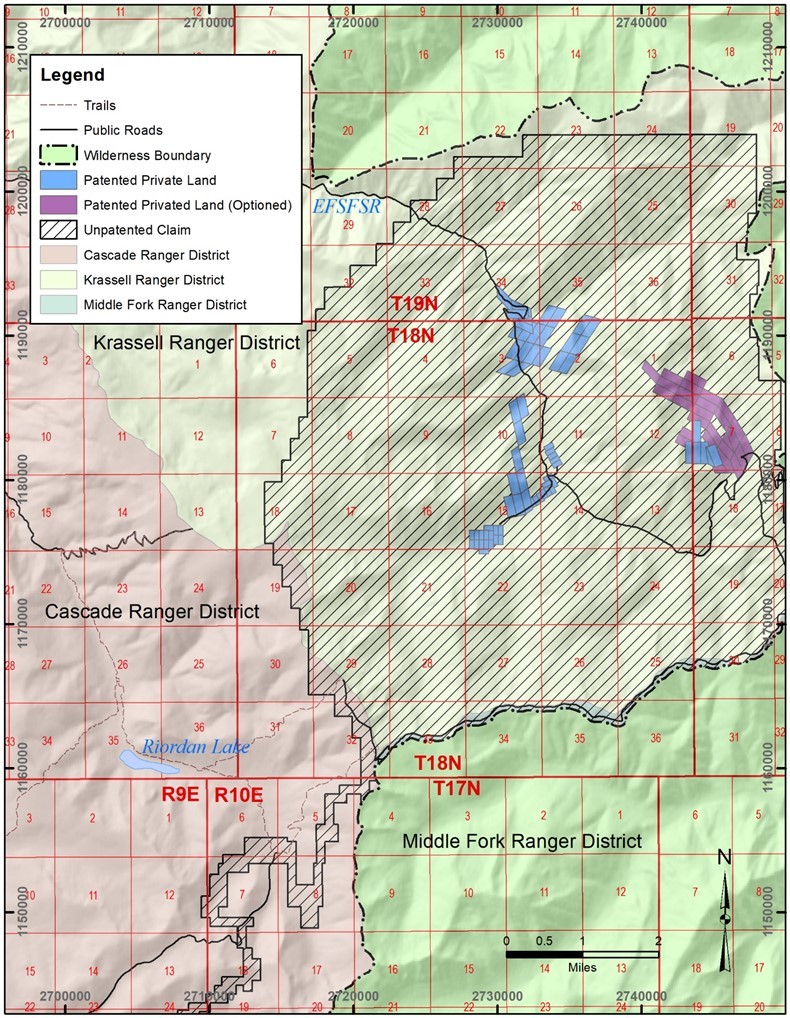The SDEIS public review period closed on January 10, 2023. Following completion of the comment period and analysis, the Company expects the USFS to provide a schedule update including the expected timing for the release of the FEIS, a draft Record of Decision and a final Record of Decision. We continue to work on obtaining the required ancillary permits in parallel with the agency’s timeline.
Our project is subject to ongoing litigation and could face further litigious challenges in the future. To address historical legacy impacts at the site of the Stibnite Gold Project, Perpetua Resources has voluntarily entered into an Administrative Settlement Agreement and Order on Consent (“ASAOC”) with the United States Environmental Protection Agency (the “U.S. EPA”) and the United States Department of Agriculture, pursuant to the Comprehensive Environmental Response, Compensation, and Liability Act. Finalized on January 15, 2021, the ASAOC provides for a number of time critical removal actions (early cleanup actions) designed to improve water quality in several areas of the site. Upon signing of the ASAOC, the aggregate cost of the obligation was estimated to be approximately $7,473,805. In 2021 and 2022, the total cost estimate to voluntarily address environmental conditions increased to $16,763,262 due to scope changes, inflation and higher fuel prices. As of December 31, 2022, the corresponding environmental liability was estimated to be $10,800,936. See also Note 11 to the Consolidated Financial Statements.
Government and Environmental Regulations
Mining operations and exploration activities are subject to extensive national, state, and local laws and regulations in the United States, which govern prospecting, development, mining, production, exports, taxes, labor standards, occupational health, waste disposal, protection of the environment, mine safety, hazardous substances, disclosure requirements and other matters. The Corporation plans to obtain the licenses, permits or other authorizations currently required to conduct its exploration or development programs, and it believes it is currently in material compliance with governing mining, health, safety and environmental statutes and regulations in the United States and Idaho. Except as otherwise noted above, we are not subject to any orders or directions with respect to the foregoing laws and regulations. For a more detailed discussion of the various government laws and regulations applicable to our operations and potential negative effects of these laws and regulations, see section Item 1A, Risk Factors, below.
Our operations are also subject to numerous environmental, health, and safety laws and regulations in the jurisdictions in which we operate. These laws and regulations may require us to take precautions with respect to threatened, endangered, or otherwise protected species and their habitat as well as other natural, historical, and cultural resources, perform environmental assessments or impact statements, implement siting and operational programs or best practices to minimize environmental impacts from our operations, perform investigatory remedial obligations, and obtain federal, state, and local permits, licenses, or other approvals. Failure to comply with these laws and regulations may result in the imposition of significant fines or penalties. Additionally, we could experience significant opposition from third parties to our application for such permits or during the administrative agency review and appeal process after the issuance of such permits. Delays or denial of permits, or the imposition of costly and difficult to comply with conditions, may impair the development of our Project or curtail our planned operations. The following provides a summary of the more significant environmental, health, and safety laws and regulations which our operations are subject to and for which compliance with may have a material adverse impact on our business.
National Environmental Policy Act (“NEPA”)
Our Project is subject to environmental review under NEPA. This law requires federal agencies to evaluate the environmental impact of their actions that may significantly affect the quality of the human environment and is a prerequisite for the granting of a permit or similar authorization for the development of certain projects. As part of the review, the federal agencies are required to consider numerous environmental impacts, such as impacts on air quality, water quality, cultural resources, wildlife, geology, aesthetics, as well as alternatives to the project. The review process can lead to significant delays in approval of such projects and the issuance of the requisite permits which, in turn, can impact both the cost and development of operations. As a result of NEPA review, agencies may decide to deny permits or other support for a project, or condition approvals on certain modifications or mitigation actions. Additionally, authorizations under NEPA are subject to litigation, protest, or appeal, which has the potential to lead to further delays.
Pursuant to NEPA, the Forest Service and cooperating agencies undertook additional extensive review of our Project and proposed actions. As a result of this review, a SDEIS was published on October 28, 2022 for a 75-day public comment period which closed on January 10, 2023.
Comprehensive Environmental Response, Compensation, and Liability Act
The site upon which our Project is located has significant legacy contamination. The Comprehensive Environmental Response, Compensation, and Liability Act (“CERCLA”) can impose joint and several liability, without regard to fault or legality of conduct, on


